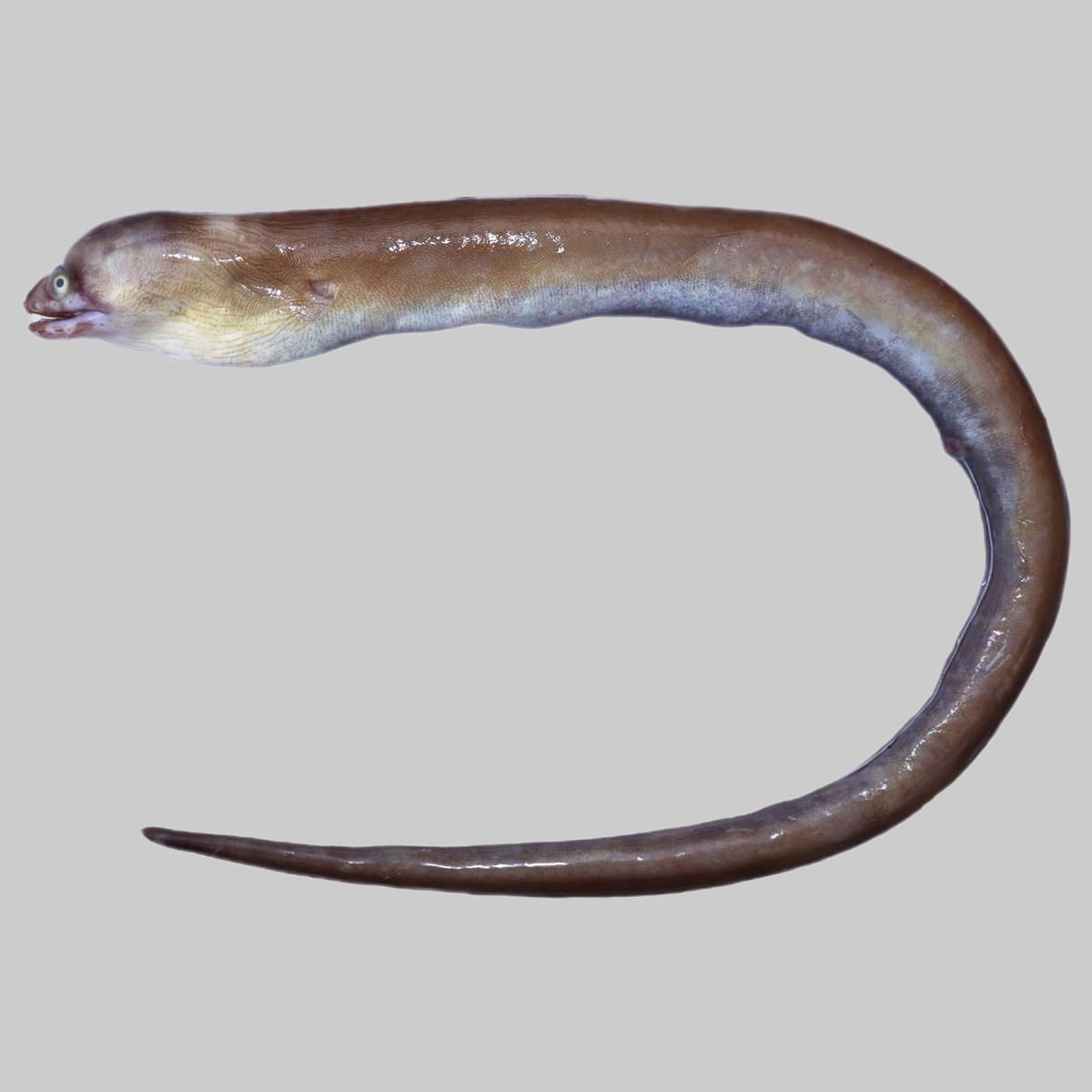News Highlight
New species of Moray eel was discovered off the Cuddalore coast and was named after Tamil Nadu.
Key Takeaway
- Researchers discovered a new Moray eel at the Mudasalodai fish landing centre off the coast of Cuddalore.
- Gymnothorax tamilnaduensis was named after Tamil Nadu, and the common name is Tamil Nadu brown moray.
- The discovery was recently published in the international peer-reviewed journal “Zoosystematics and Evolution.”
Moray Eel (Gymnothorax tamilnaduensis)
- About
- Moray eels reside in shallow water among reefs and rocks in all tropical and subtropical oceans.
- They are distinguished by two types of jaws
- Ordinary (oral) jaws with large teeth
- The pharyngeal jaw (which drags prey inside the eel’s stomach).
- Their IUCN red list classification is Least Concern (LC).
- So far, 29 Gymnothorax species have been identified in Indian waters, including the newly discovered species.
- Based on four specimens ranging in total length from 272-487 mm, a new species of small brown unpatterned moray is identified.
- Features
- Dorsal fin origins in the midst of the rictus and gill opening.
- Set of lines of little black patches present on the head.
- A single black spot on the body’s midline.
- Jjaw pores with a white rim.
- Whitish anal-fin margin.
- 3 pre-dorsal vertebrae.
- 56-59 pre-anal vertebrae
- 139-150 total vertebrae.
- Distribution
- Indian Ocean: off Cuddalore, Bay of Bengal, and India’s southeast coast.
- The species were discovered at a depth of 25-30 metres.
Significance of This Discovery
- This discovery brings the total number of Gymnothorax species in Indian waters to 29.
- It was the first discovered on India’s south-eastern coast in the Gulf of Bengal.
- The new species’ holotype has been registered at the National Fish Museum and Repository of ICAR-NBFGR Lucknow.
- The species’ name is recorded in Zoobank, the worldwide commission on Zoological Nomenclature’s online registration system.
International Commission on Zoological Nomenclature (ICZN)
- ICZN, founded in 1895, is entrusted with regularly developing, publishing, and revising the International Code of Zoological Nomenclature.
- It establishes and governs a standardised system of zoological nomenclature.
- It guarantees that each animal has a specific and generally recognised scientific name.
- By developing and sharing information on the proper use of animal scientific names.
- The ICZN serves as an adviser and adjudicator for the zoological community.
Pic Courtesy: The Hindu
Content Source: The Hindu



